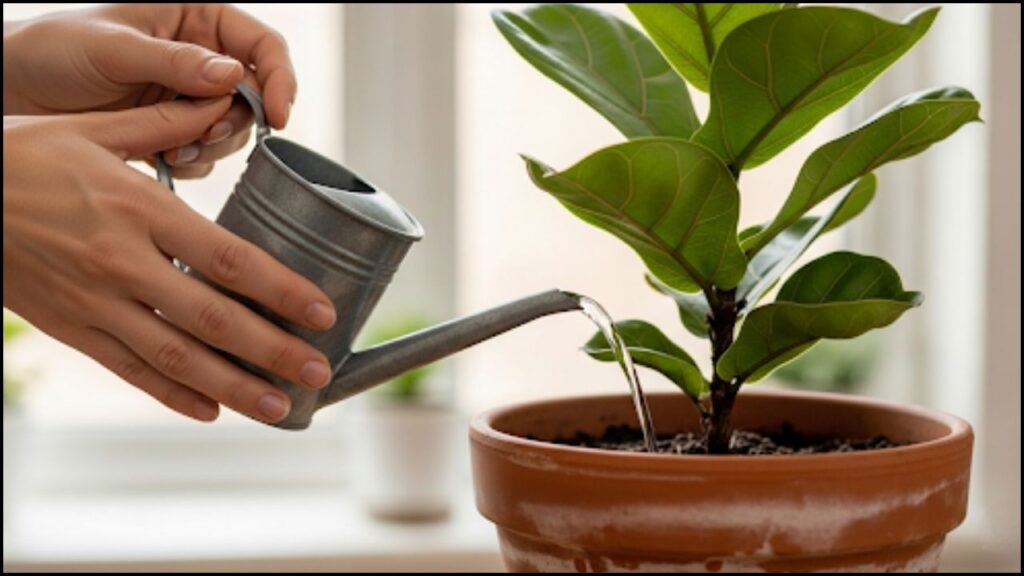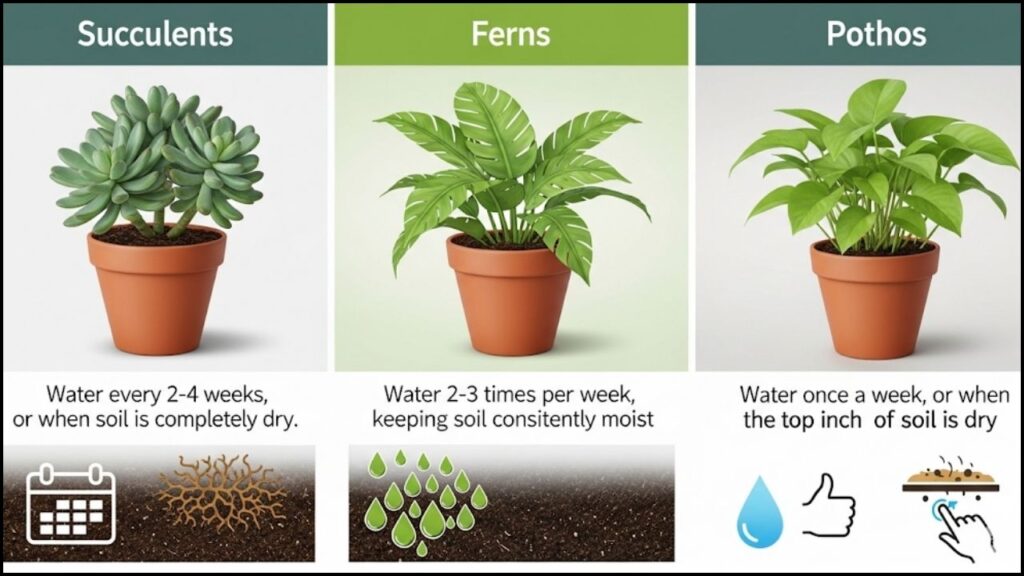
Home gardening, once a seasonal pursuit, has evolved into a year-round passion, with millions of people cultivating thriving botanical spaces inside their homes. However, a common obstacle often stands between a budding hobbyist and a flourishing indoor garden: the technique of watering indoor plants correctly. Despite its apparent simplicity, improper watering is the single most frequent cause of plant death, according to horticulturists and plant experts.
The Critical Role of Water in Plant Health
Water is fundamental to a plant’s survival, facilitating vital processes such as photosynthesis and nutrient transport. Without adequate hydration, a plant cannot absorb the essential minerals it needs from the soil. Conversely, an excess of water can lead to root rot, a condition where the roots are deprived of oxygen and begin to decay, ultimately killing the plant.
“The most significant misconception is that more water is always better,” said Dr. Sarah Jenkins, a botanist and associate professor at Cornell University’s School of Integrative Plant Science. “Plants, like all living organisms, require a delicate balance. Overwatering is often a symptom of an overzealous plant parent, not a lack of care.”
Understanding this balance is the key to preventing common issues. The frequency and amount of water a plant needs are not universal. Instead, they depend on several critical factors, including the plant’s species, the type of soil, the pot material, and the environmental conditions within the home.
Understanding the Key Factors
Plant Species
Different plants have evolved to thrive in specific climates, and these adaptations dictate their watering needs. Succulents and cacti, for example, are native to arid regions and store water in their leaves and stems. These plants require infrequent watering and are highly susceptible to root rot if they remain in soggy soil. In contrast, tropical plants like ferns or peace lilies prefer consistently moist conditions, mimicking their native rainforest habitats.

Soil Composition and Pot Material
The soil’s ability to retain or drain water is a primary factor in a plant’s health. Potting soil designed for indoor use is generally loose and airy, promoting drainage and aeration. However, some mixtures, particularly those with a high percentage of peat moss, can hold too much moisture, increasing the risk of overwatering.
Similarly, the pot’s material plays a significant role. Terracotta pots are porous, allowing water to evaporate through their walls, which can help prevent overwatering. Conversely, plastic or ceramic pots are non-porous and retain moisture for a longer duration, necessitating a more cautious watering approach.
“Many people fail to consider the vessel their plant is in,” said James Thompson, a master gardener with the Royal Horticultural Society. “A plant in a terracotta pot might need water twice a week, while the same plant in a glazed ceramic pot might only need it once.”
The Proper Watering Technique
Determining when to water is often more important than how much. The most reliable method is to check the soil’s moisture level. This can be done by inserting a finger about two inches into the soil. If the soil feels dry at that depth, it is likely time to water. For a more precise measurement, a moisture meter can be used to assess the saturation of the soil at various depths.
When watering, it is crucial to saturate the entire root ball. Pour water slowly and evenly over the surface of the soil until it begins to drain from the pot’s drainage holes. This process ensures that the water reaches all parts of the root system and flushes out any excess salts or minerals that can accumulate over time. The excess water should then be discarded from the plant’s saucer. Leaving a plant to sit in standing water can lead to the very root rot you are trying to avoid.
Signs of Improper Watering
Observing your plant’s leaves can provide a clear indication of its health. Yellowing leaves are a classic sign of overwatering. This color change often starts at the bottom of the plant and progresses upward as the roots struggle to function. On the other hand, droopy, wilting leaves that feel dry to the touch are a common symptom of underwatering. The leaves may also become brittle and brown, beginning at the tips.
“A wilting plant is a clear cry for help,” noted Dr. Elena Rodriguez, a plant physiologist with the University of California Cooperative Extension. “However, a common error is to mistake wilting from overwatering for wilting from underwatering. The key is to check the soil. If it’s dry, it needs water. If it’s wet, you may have a root rot issue.”
The Importance of Drainage
Proper drainage is non-negotiable for almost all indoor plants. Pots must have at least one hole at the bottom to allow excess water to escape. Without this feature, the soil remains waterlogged, creating a perfect environment for fungal diseases and root decay. For pots without drainage holes, a “cachepot” method can be used, where the plant is kept in a smaller, drained pot placed inside the decorative outer pot. This allows for easy removal to water and drain the plant.
The principles of watering indoor plants correctly are not about following a rigid schedule but about responding to the specific needs of each plant and its environment. By understanding the factors that influence water absorption and applying the correct techniques, home gardeners can foster healthy, long-lasting botanical companions. As the indoor gardening trend continues to grow, mastering this fundamental skill will remain the cornerstone of success.
More Than a Hobby: How Self-Watering Container Gardens Ideas Address Urban Food and Water Challenges
